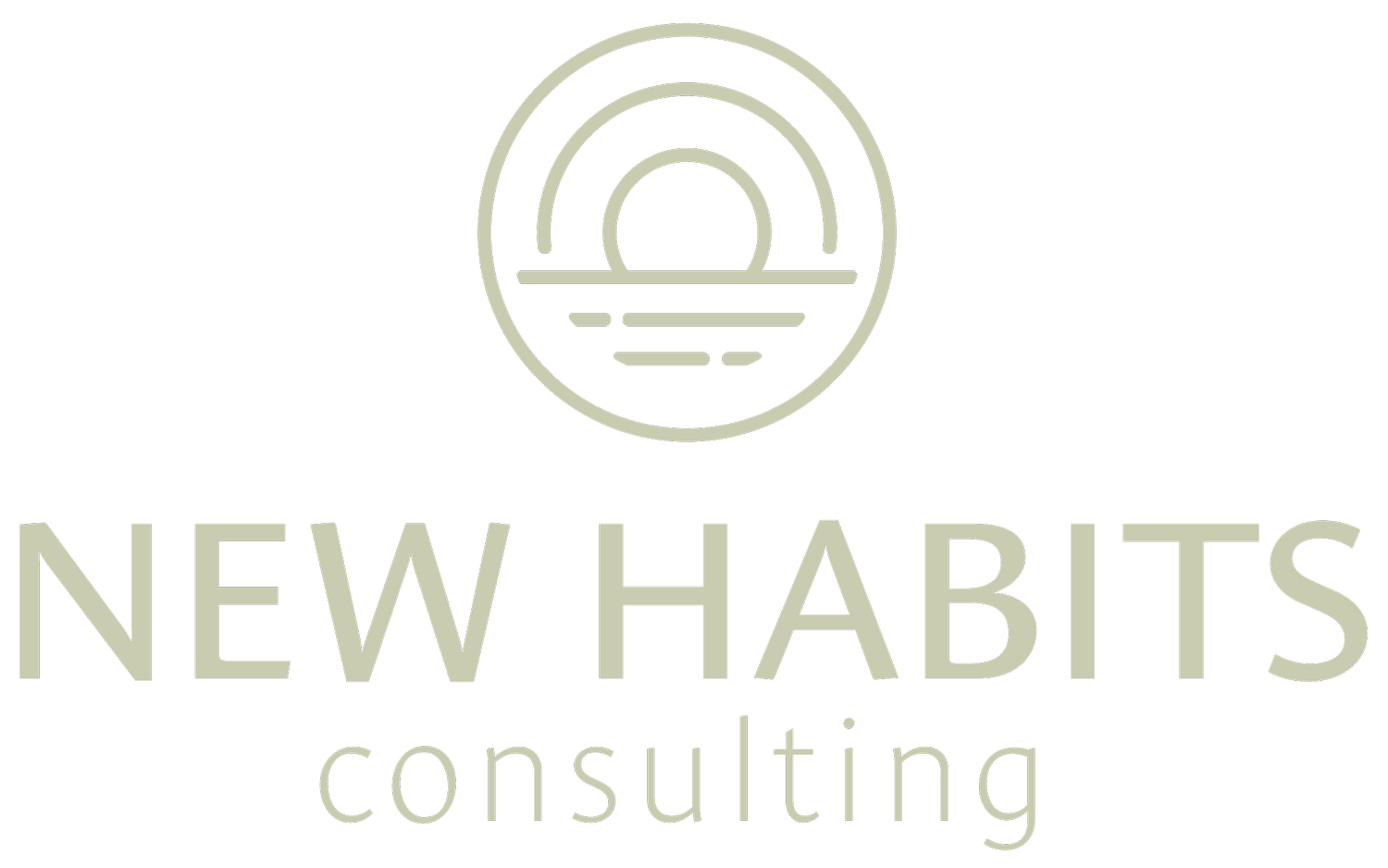IEP vs. 504 Plan: What is the Difference?
What is an Individualized Education Plan (IEP)?
An IEP describes the plan for a student receiving specialized education services. The student must have a disability that negatively impacts their learning and requires specialized instruction to qualify for an IEP.
A team of learning professionals must conduct a formal, comprehensive evaluation. The IEP includes specific strategies, supports, and accommodations to address the student's needs. It also must consist of measurable and achievable goals, including the present level of performance, which is very important as a baseline marker.
Parent participation is essential in the IEP process. Because Federal Statute IDEA governs an IEP and is a legally binding document, procedural safeguards offer a level of protection for parents and learners.
What is Included in an IEP?
“The IEP includes specific strategies, supports, and accommodations to address the student's needs.”
What is a 504 Plan?
Like IEPs, to qualify for a 504 plan, the learner must have a disability; however, this disability limits one or more life activities but has no academic impact. A 504 plan is necessary when the learner has a physical disability that limits major life activities such as walking, hearing, and speaking.
A 504 plan includes any medical and academic history and any information that can impact eligibility. 504 plans do not have goals but only list reasonable accommodations for the student. It is also a legally binding contract but comes with fewer safeguards for violations. Section 504 of the Rehabilitation Act of 1973 governs 504 plans.
Parent participation is important in a 504 plan. Changes to the plan, however, can occur without parent input.
What is Included in a 504 Plan?
“A 504 plan includes any medical and academic history and any information that can impact eligibility.”
Can an IEP/504 plan advocate help?
Absolutely! An IEP/504 plan advocate is familiar with educational laws and can help lay out an academic plan suitable for the individual child’s needs. Children should have educational goals that are attainable to their functioning level, and the goals should be re-assessed yearly so the student feels challenged throughout their day and continues to learn at their level.
Is an IEP/504 plan advocate the right choice for you? Contact us to speak to an advocate and see if our services can help.



